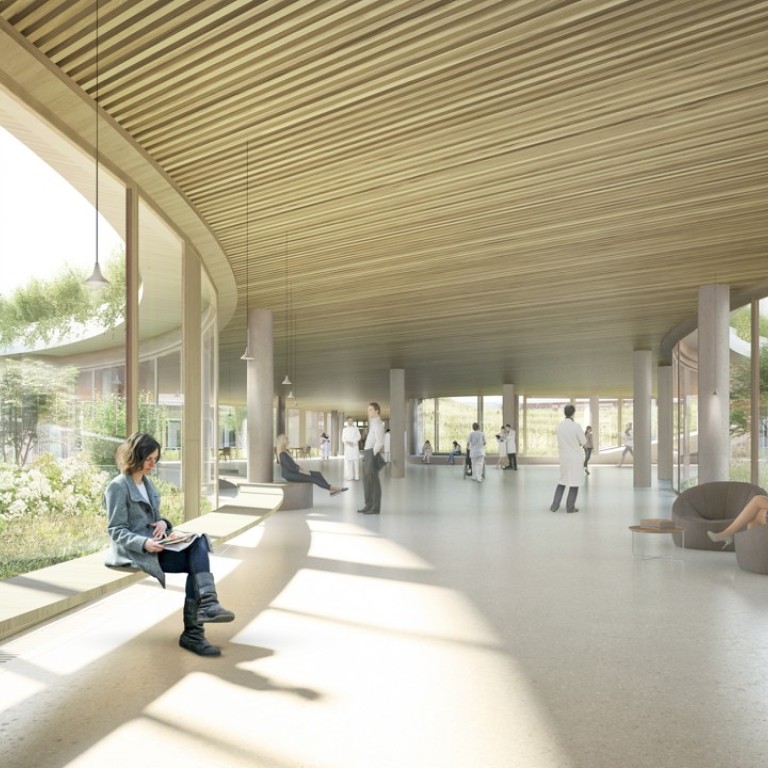
Human-centred design, from New York’s High Line to a Danish hospital, in focus
- Business of Design Week in Hong Kong devotes a day to discussion of culture-led design projects, such as city’s Tai Kwun arts centre heritage
- Speakers include furniture designer Ron Arad, Charles Renfro, who worked on New York’s High Line urban greenway, and textile designer Elaine Ng
Despite its name, Hong Kong’s Business of Design Week forum is as much about culture as it is business. This becomes particularly clear every time the last day of the event comes around, when the annual “Culture and the City” session takes place. The all-day programme of talks opens a window into some of the newest design-related developments in Hong Kong, and design-led cultural projects around the world.
“It gives us the pulse of the world of design, and we get a real sense of the transformation of Hong Kong,” says architect Marisa Yiu, co-founder of experimental design studio ESKYIU, who will moderate this year’s session with her partner, Eric Schuldenfrei.
How students can get better exam scores in a well-designed school
This year’s speakers include acclaimed furniture designer Ron Arad, innovative textile designer Elaine Ng Yan-ling, and Charles Renfro, who led the design of New York’s High Line elevated greenway that transformed a defunct railway into a popular public space.
Many of the speakers have one thing in common: they know how to make design projects accessible and relevant to the communities they serve.
Lars Nittve, the former director of Hong Kong’s upcoming M+ museum of visual arts, will return to the city to discuss his newest art project at the New North Zealand Hospital in Denmark. “It radically rethinks the way hospitals traditionally are built up,” he says.
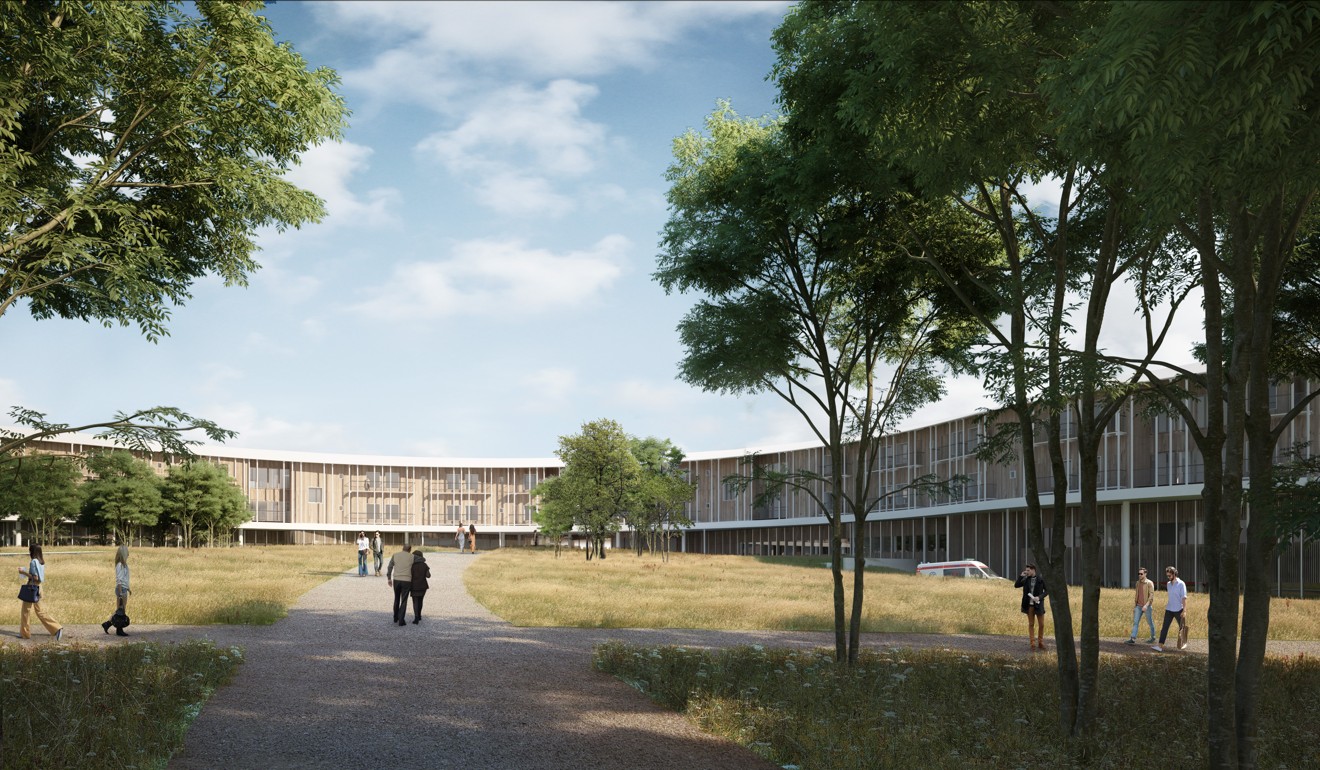
Nittve’s talk will look at how art can improve the well-being of hospital patients and their visitors. Many health-care facilities suffer from bad design – from harsh lighting to windowless rooms to maze-like layouts – but research has shown that elements such as natural light, greenery and art can actually help patients heal more quickly.
“The focus of the whole project, from choice of site, to architecture, to things like restaurants and art projects, is to counter some of the things that tend to make hospitals counterproductive from a healing point of view,” Nittve says.
“The new hospital may well be a place you would want to visit also when you have a clean bill of health.”
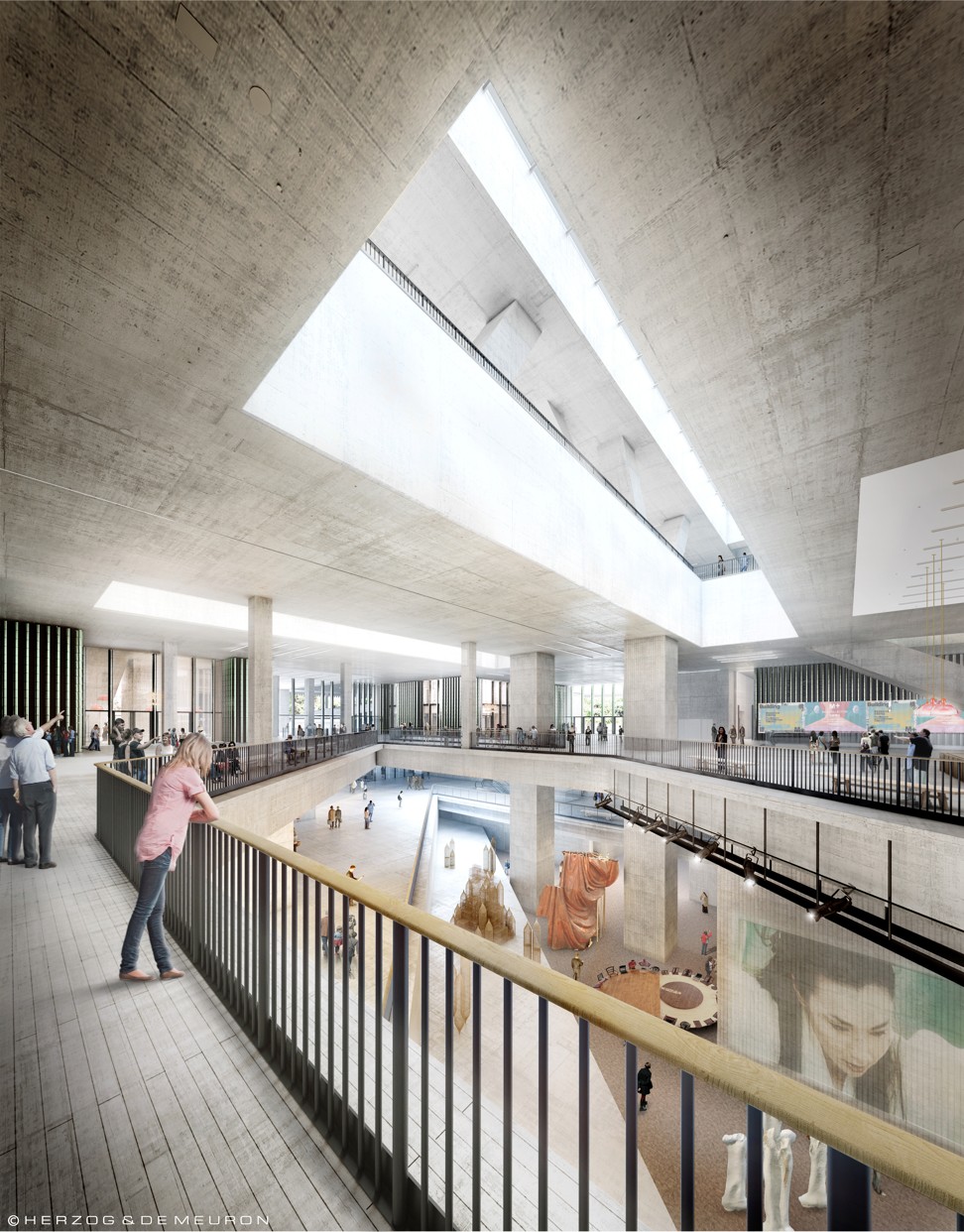
Nittve will be joined on stage by the hospital’s architect Jason Frantzen, a partner at Swiss architecture firm Herzog & de Meuron, which was responsible for designing M+ as well as the new Tai Kwun centre for heritage and arts in Hong Kong’s Central district.
“In terms of the architecture, we have designed a low, horizontal building that relates to the human scale,” Frantzen says of the hospital. “A strong connection to the landscape and natural materials will promote the best quality environment for both patients and health-care workers.”
Several speakers will come from Melbourne, which is this year’s Business of Design Week partner city. Architect Jefa Greenaway will share his work on the intersection between culture and the built environment. He is concerned in particular with how designers can infuse their work with a connection to “place and people, history and memory” – giving their work a sense of being rooted in a specific time, place and culture.
I sincerely believe that as creatives we have a responsibility to reflect the culture around us
In Melbourne, Greenaway is working to incorporate more indigenous Australian knowledge into architecture and design.
“Indigenous design thinking offers additional layers, which draws upon deep time [and] connects to ideas of great antiquity,” he says. “We can draw upon over 67,000 years – or 2,000 generations – of cultural continuity.”
Such design, he says, often means a more holistic way of thinking that encourages social, cultural and environmental sustainability. Greenaway will highlight this in two projects: Ngarara Place, an indigenous garden on the campus of Melbourne’s RMIT University, and the Koorie Heritage Trust, which collects and preserves indigenous culture.
These two projects may be rooted in an Australian context, but they have global implications – including for Hong Kong, which can struggle with questions of its own identity and place in the world.
“I sincerely believe that as creatives we have a responsibility to reflect the culture around us and to meaningfully connect to our deep histories, cultural narratives, and sense of where we have come from, where we are now and where we wish to move to,” Greenaway says.
This philosophy is shared by textile designer Ng, whose studio, The Fabrick Lab, works with villagers in rural Guizhou province to create furniture and clothing based on their traditional weaving, batik and embroidery skills. Many of the villagers had left home to work in urban factories, but thanks to the project, some have now returned. “I wanted to create an ecosystem,” Ng says.
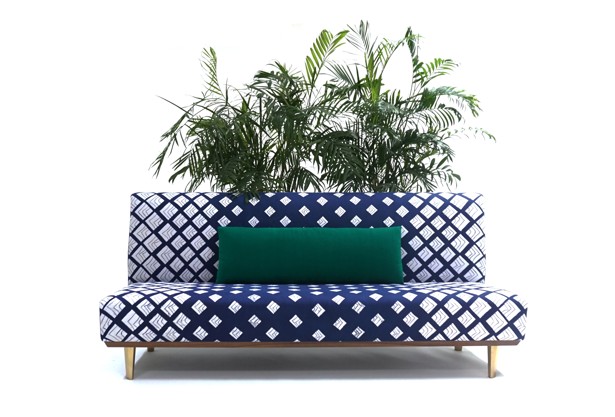
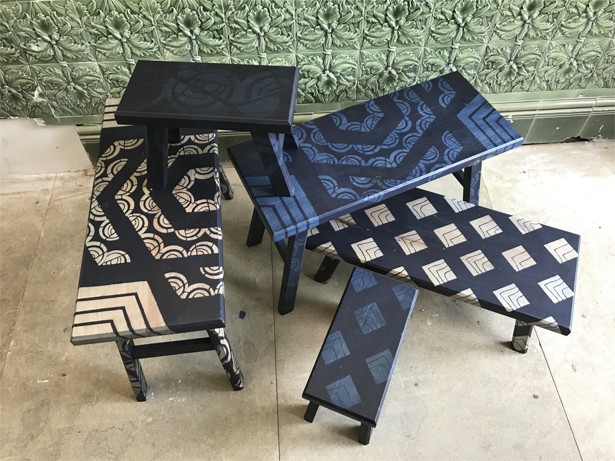
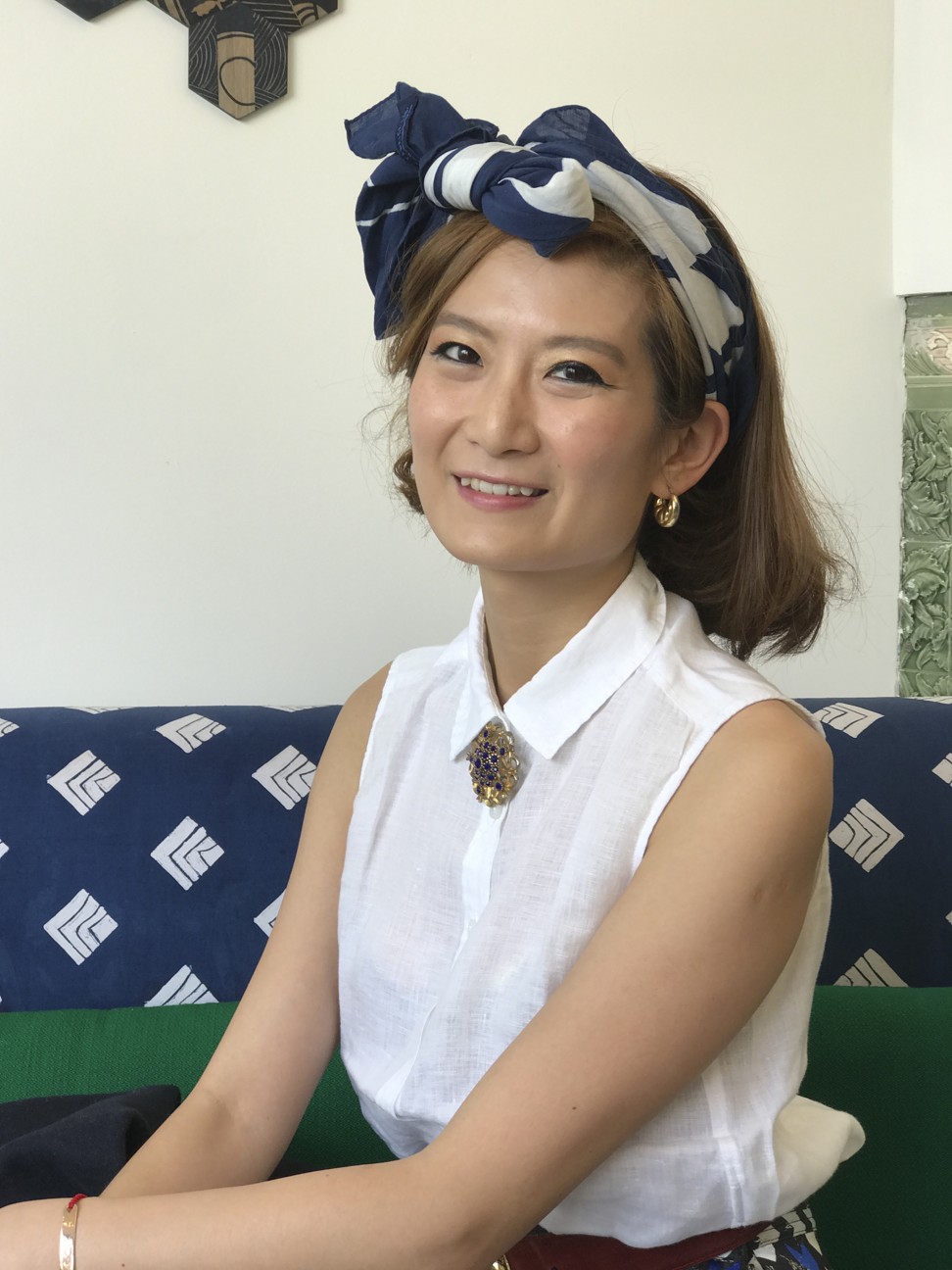
Ewan McEoin, senior curator at the National Gallery of Victoria’s department of contemporary design and architecture, will be touching on similar themes in his talk. It will focus on an exhibition of “design excellence from Melbourne” called “Shared Values” that he curated for Business of Design Week. Objects in the exhibition include the Re.Bean Coffee Stool by designer Kristen Wang, a fragrant piece of furniture made from old coffee grounds, and the Mobile Hyper Kitchen, a foldaway, portable kitchen designed by Crowd Productions.
While these examples are from Melbourne, McEoin is certain there are similar examples from Hong Kong that seek to improve the world around them. “The main objective is to ask the world to consider the universal values of designers as contributors to the creation of better societies, cities, businesses and lives,” he says.
The audience at Culture and the City will have a chance to ask such questions of West Kowloon Cultural District Authority CEO Duncan Pescod when he gives the district’s annual progress report. Nittve will be on hand to share his perspective; although he left Hong Kong in 2016, he has been keeping tabs on the city’s cultural development and has made 14 return visits since.
This easy-to-build bamboo house could solve Asia’s slum problem
Despite recent controversy over the cancellation (and reinstatement) of Chinese dissident writer Ma Jian’s talk at Tai Kwun, Nittve sees the new institution as a success.
“It seems that Tai Kwun, at least in the art field, has fulfilled all expectations,” he says. “It is so great that Hong Kong finally has a proper ‘kunsthalle’ [the German word for a facility that holds art exhibitions] with good resources offering proper curating and relevant contemporary exhibitions.”
As for M+, he says all the basics are more or less in place thanks to a robust collection of Hong Kong, Chinese and Asian works. His advice on the museum’s remaining challenge could apply to Hong Kong’s design and culture scene as a whole.
“[It must ensure it] is as open, generous and welcoming as is ever possible. This is ultimately the key to the local and global success that it has the chance to be.”
Culture and the City takes place on December 8 at the Hong Kong Convention and Exhibition Centre. More information at bodw.com

